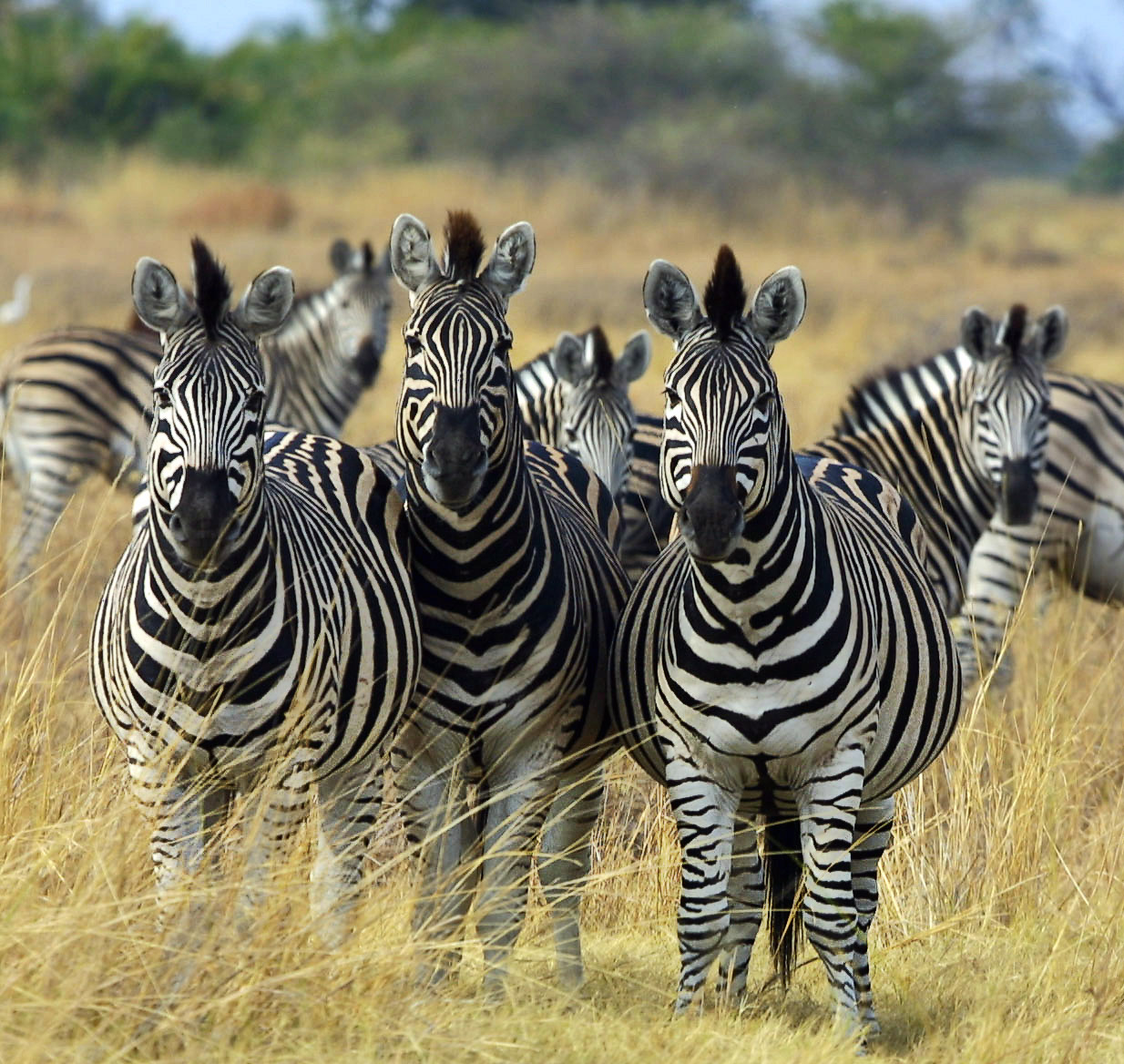The Enigmatic Zebra: A Deep Dive into Africa's Iconic Equid
The Enigmatic Zebra: A Deep Dive into Africa's Iconic Equid
Abstract:
Zebras, members of the Equidae family, stand out with their striking black and white striped coats. These African natives roam the grasslands, savannas, and forest edges in large herds, exhibiting unique social structures and behaviors. In this comprehensive article, we delve into the intricate world of zebras, exploring their physical attributes, habitat preferences, feeding habits, reproduction strategies, and conservation status. Additionally, we discuss the cultural significance of zebras and their complex relationship with humans.
1. Introduction:
Zebras, comprising three distinct species, namely Equus quagga, Equus grevyi, and Equus zebra, captivate observers with their dazzling patterns and graceful movements. Despite their familiarity, many mysteries surround these enigmatic creatures, making them subjects of scientific inquiry and conservation efforts.
2. Taxonomy and Distribution:
Zebras belong to the genus Equus, alongside horses and donkeys, and are endemic to various regions across Africa. Each species exhibits subtle variations in coat patterns, size, and behavior, reflecting their evolutionary adaptations to specific habitats.
3. Physical Characteristics:
The iconic black and white stripes of zebras serve both functional and aesthetic purposes. These patterns not only dazzle predators but also aid in thermoregulation, with each individual possessing a unique arrangement of stripes akin to a fingerprint.
4. Habitat and Range:
Zebras inhabit diverse ecosystems, from the grassy plains of the Serengeti to the arid scrublands of Namibia. Their nomadic lifestyle often revolves around access to water sources, prompting seasonal migrations across vast distances.
5. Behavior and Social Structure:
Social cohesion is integral to zebra survival, with herds ranging from a few individuals to several hundred members. Within these groups, intricate social hierarchies dictate access to resources and mating opportunities, with dominant individuals asserting their authority through displays of strength and aggression.
6. Feeding Ecology:
As obligate grazers, zebras rely on a steady supply of grasses and herbs to meet their nutritional needs. Their efficient digestive systems allow them to extract maximum nutrients from fibrous plant material, facilitating their endurance during long migrations.
7. Reproduction and Parental Care:
Breeding typically occurs during the rainy season, ensuring ample forage for nursing mothers and their offspring. After a gestation period of approximately twelve months, females give birth to a single foal, which can stand and nurse shortly after birth.
8. Threats and Conservation:
Despite their resilience, zebras face myriad threats, including habitat loss, poaching, and predation by large carnivores. Conservation efforts seek to mitigate these risks through habitat restoration, anti-poaching initiatives, and community-based conservation programs.
9. Cultural Significance:
Zebras hold a prominent place in African folklore and art, symbolizing freedom, resilience, and the untamed beauty of the wilderness. Their distinctive appearance has inspired artists, poets, and storytellers across generations, cementing their status as cultural icons.
10. Human-Wildlife Conflict:
The encroachment of human settlements into zebra habitat has led to increasing conflicts between humans and wildlife, exacerbating issues of crop damage and livestock predation. Sustainable coexistence strategies aim to mitigate these conflicts through innovative approaches such as community-led conservation and ecotourism.
11. Conclusion and Future Directions:
In conclusion, zebras epitomize the majesty and complexity of Africa's natural heritage, serving as ambassadors for the continent's rich biodiversity. As we navigate an increasingly interconnected world, it is imperative to prioritize the conservation of zebras and their habitats, ensuring that future generations can marvel at these timeless symbols of Africa's wilderness.
Kaynakça
- ^ "zebra". Nişanyan Sözlük. 28 Eylül 2020 tarihinde kaynağından arşivlendi. Erişim tarihi: 31 Ocak 2021.
- ^ "zebra". www.merriam-webster.com (İngilizce). 7 Ekim 2008 tarihinde kaynağından arşivlendi. Erişim tarihi: 31 Ocak 2021.
- ^ "Zebra". Online Etymology Dictionary. 12 Haziran 2018 tarihinde kaynağından arşivlendi. Erişim tarihi: 22 Haziran 2020.
- ^ "Zebra". Lexico. 27 Haziran 2020 tarihinde kaynağından arşivlendi. Erişim tarihi: 25 Haziran 2020.
- ^ a b Nores, Carlos; Muñiz, Arturo Morales; Rodríguez, Laura Llorente; Bennett, E. Andrew; Geigl, Eva-María (2015). "The Iberian Zebro: what kind of a beast Was It?". Anthropozoologica. 50: 21-32. doi:10.5252/az2015n1a2. 21 Nisan 2021 tarihinde kaynağından arşivlendi. Erişim tarihi: 31 Ocak 2021.
- ^ Plumb & Shaw 2018, s. 54.
- ^ "Zebras". The Gale Encyclopedia of Science. 2008. 21 Ekim 2014 tarihinde kaynağından arşivlendi. Erişim tarihi: 16 Mayıs 2011.
- ^ a b Prothero, D.R.; Schoch, R. M. (2003). Horns, Tusks, and Flippers: The Evolution of Hoofed Mammals. Johns Hopkins University Press. ISBN 978-0801871351.
- ^ a b Gill, Victoria (9 Şubat 2012). "Zebra stripes evolved to keep biting flies at bay". BBC News. 9 Ocak 2015 tarihinde kaynağından arşivlendi. Erişim tarihi: 7 Eylül 2018.
- ^ a b c d e Howard, Jacqueline (15 Ocak 2015). "Scientists Offer Cool New Theory About Zebra Stripes". The Huffington Post. 16 Ocak 2015 tarihinde kaynağından arşivlendi. Erişim tarihi: 16 Ocak 2015.






































